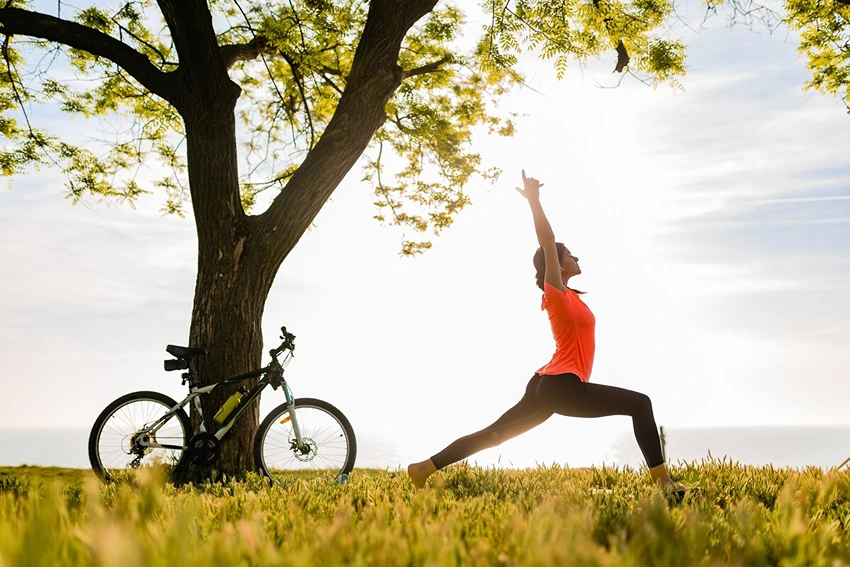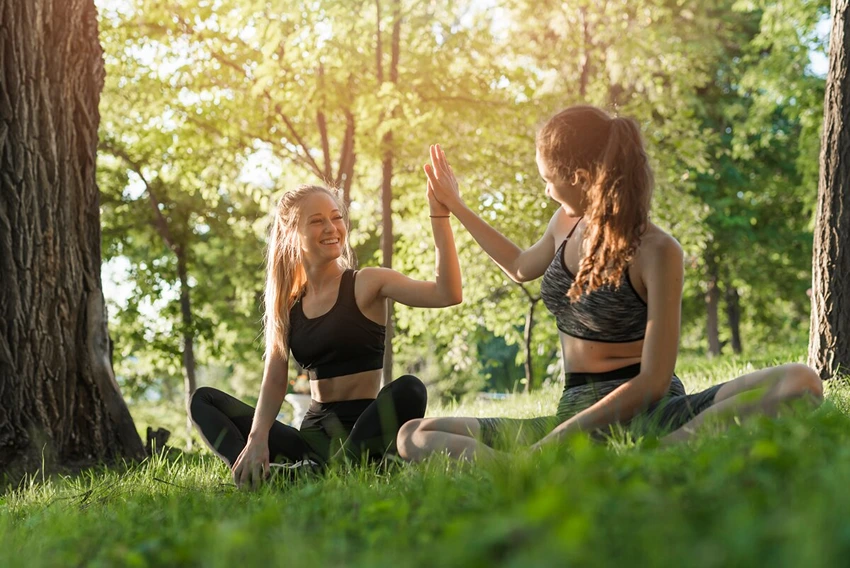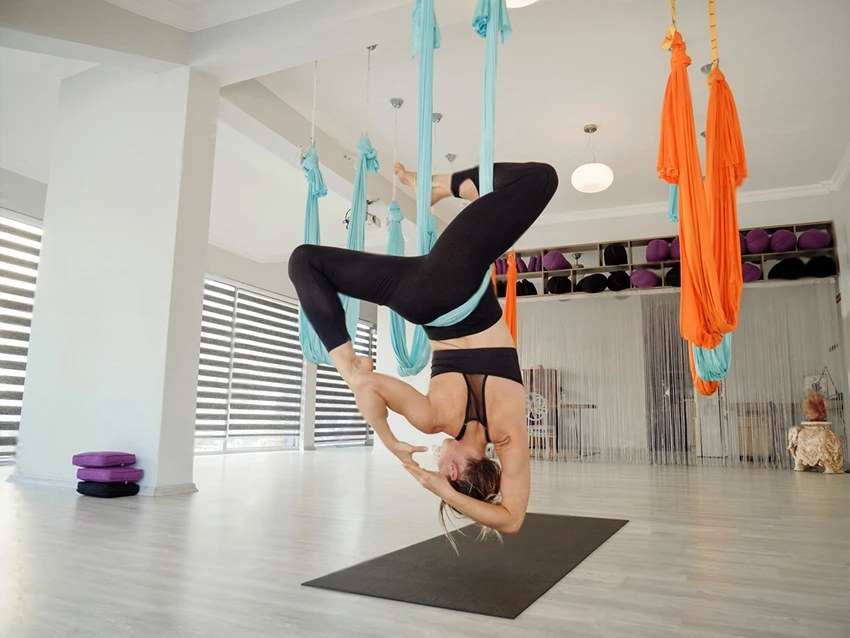At Rac Women, we understand that wellness and strength are more than just buzzwords; they are the pillars of a fulfilling and empowered life. Our approach to wellness is holistic, recognizing that strength is not only physical but also mental, emotional, and spiritual.
In This Article
The Multifaceted Nature of Wellness

Physical Wellness: The Role of Strength Training
Physical wellness is the cornerstone of a robust life. It’s not just about the absence of disease; it’s about the presence of vitality, and strength training is a key component. Strength training enhances muscle function, bone density, and metabolic rate, which are essential for overall health.
Intellectual Wellness: Engaging the Mind
Intellectual wellness is about engaging in creative and stimulating activities that foster continuous growth and learning. It’s about challenging your mind with new ideas and skills to build mental strength and resilience.
Emotional Wellness: Building Resilience
Emotional wellness is about understanding and respecting your feelings, values, and attitudes. It’s about coping with stress in a healthy way and feeling good about yourself, which is a sign of emotional strength.
Social Wellness: The Strength of Relationships
Social wellness focuses on developing a sense of connection, belonging, and a well-developed support system. It’s about building strong, healthy relationships that provide emotional support and allow you to support others.

Spiritual Wellness: Inner Peace and Strength
Spiritual wellness allows you to develop a set of values that help you seek meaning and purpose. Spirituality can be represented in many ways, but at its core, it’s about finding your inner moral compass and what gives you inner strength.
Vocational Wellness: Fulfillment in Work
Vocational wellness is about appreciating your contributions and finding fulfillment in your work, which is crucial for maintaining your overall sense of well-being and personal strength.
Financial Wellness: Economic Strength
Financial wellness is an intricate balance of the mental, spiritual, and physical aspects of money. This aspect of wellness is crucial for a sense of security and satisfaction.
Environmental Wellness: Harmony with Our Surroundings
Environmental wellness inspires us to live a lifestyle that is respectful of our surroundings. This harmony contributes to our overall wellness by fostering a sense of peace and well-being.

The Role of Physical Activity in Wellness
Physical activity is a powerful force in the pursuit of wellness and strength. It’s not just about the body; it’s about the mind and spirit too. Regular physical activity, especially strength training, has been linked to numerous health benefits, including improved mood, better sleep, and a reduced risk of chronic diseases.
Strength Training: A Keystone Habit Strength training is a keystone habit that can trigger widespread change in all areas of wellness. It’s not just about lifting weights; it’s about setting the foundation for a healthier, stronger life.
The Science Behind Physical Strength and Mental Well-being The connection between physical strength and mental well-being is well-documented. Exercise releases endorphins, which are natural mood lifters. It also helps to reduce levels of the body’s stress hormones, such as adrenaline and cortisol.

Implementing Wellness and Strength in Daily Life
Incorporating wellness and strength into our daily routines is not just a goal; it’s a practice. At Rac Women, we advocate for small, consistent steps that lead to significant changes over time.
Daily Habits for Strengthening Wellness
Table 1: Daily Habits and Their Impact on Wellness
| Habit | Physical Benefit | Mental Benefit |
|---|---|---|
| Morning Stretching | Increases flexibility | Clears the mind |
| Balanced Diet | Fuels the body | Enhances mood regulation |
| Regular Exercise | Builds physical strength | Reduces anxiety and depression |
Rac Women’s Tips for Integrating Strength Training
Table 2: Strength Training Tips
| Tip | Description | Expected Outcome |
|---|---|---|
| Start Slow | Begin with lighter weights | Prevents injury and ensures consistency |
| Focus on Form | Prioritize proper technique | Maximizes effectiveness and minimizes risk |
| Rest and Recover | Allow time for muscles to heal | Ensures sustainable progress |
Wellness and Strength for Special Populations
Tailoring wellness and strength programs to meet the needs of different populations is crucial. Whether it’s adapting exercises for seniors or creating engaging activities for children, understanding the unique requirements of each group is key.
Table 3: Wellness Strategies for Different Age Groups
| Age Group | Strategy | Benefit |
|---|---|---|
| Children | Play-based activities | Develops motor skills and social interaction |
| Adults | Structured exercise routines | Maintains health and combats lifestyle diseases |
| Seniors | Low-impact strength training | Preserves muscle mass and bone density |
Frequently Asked Questions
- Assess your current health status with a professional.
- Set realistic goals for both wellness and strength.
- Create a balanced routine that includes physical, mental, and emotional practices.
- Enhances endurance and energy levels.
- Improves metabolic rate, aiding in weight management.
- Boosts mental health by reducing symptoms of anxiety and depression.
- Wellness is multi-dimensional; physical strength is just one aspect.
- Emotional, social, and intellectual wellness are equally important.
- Balance is key; focus on strengthening all areas of wellness.
Ellen Crandall
Meet Ellen, your fitness compass in the world of athletics, training, and gym culture. With a commitment to well-being and a penchant for all things workout-related, Ellen is here to guide you on your journey to a healthier, fitter you. Join the fitness revolution, led by Ellen, and embrace the power of an active lifestyle.




